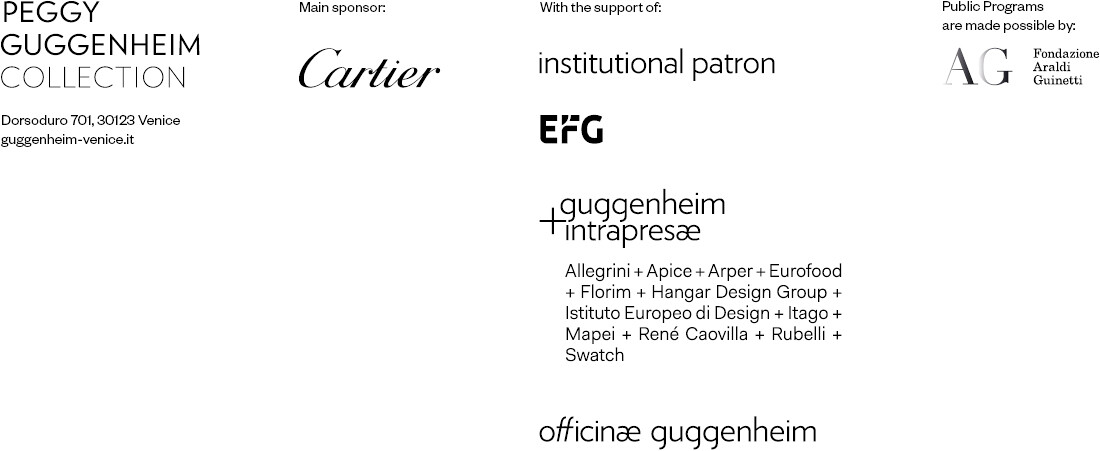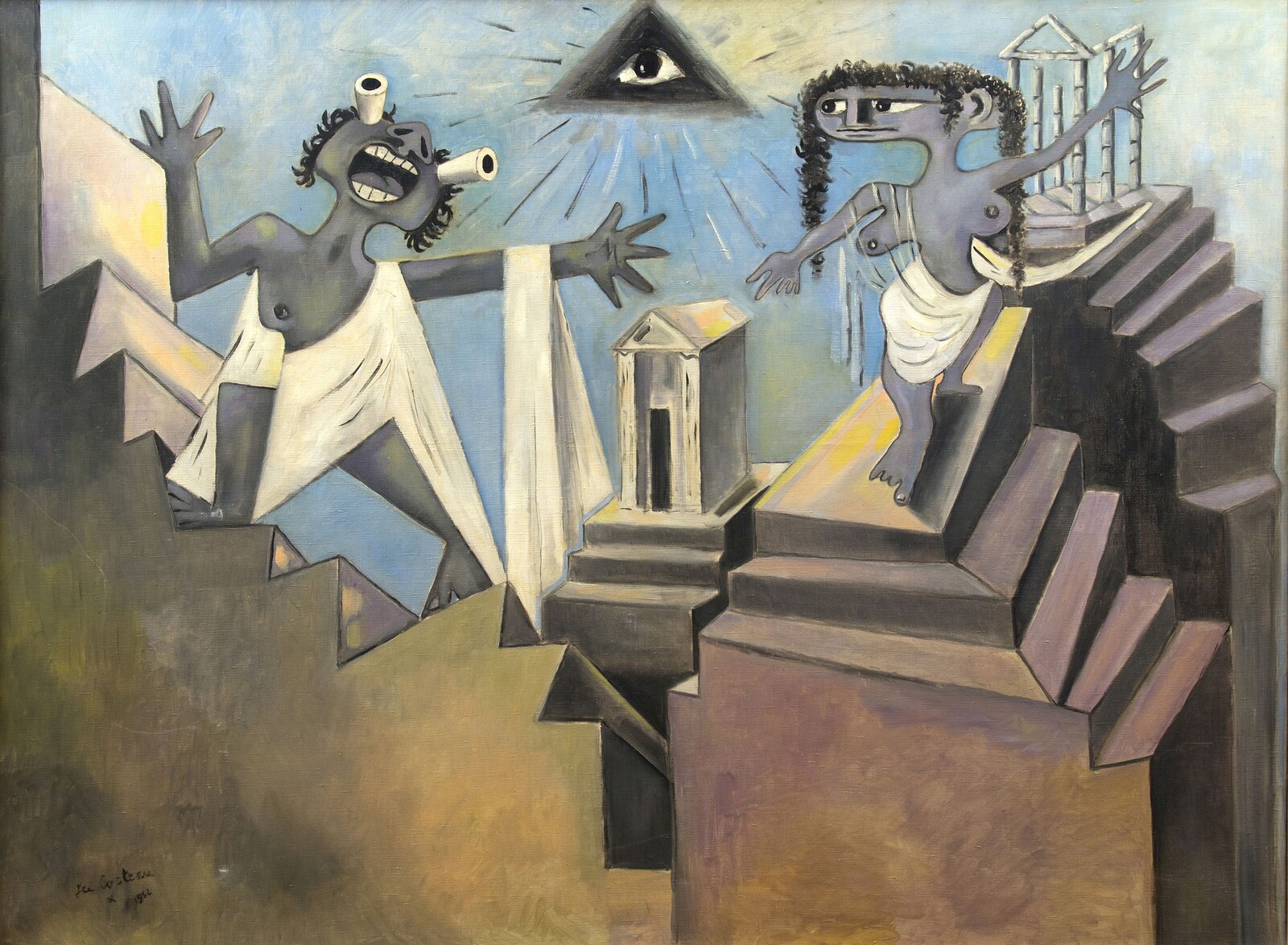The Juggler’s Revenge
April 13–September 16, 2024
Dorsoduro, 701-704
30123 Venezia
Italy
From April 13 through September 16, 2024, the Peggy Guggenheim Collection presents Jean Cocteau: The Juggler’s Revenge, the largest retrospective ever organized in Italy dedicated to Jean Cocteau (1889–1963), the enfant terrible of the French twentieth-century art scene.
Organized by eminent Cocteau specialist and New York University art historian Kenneth E. Silver, the exhibition highlights the artist’s versatility, the multiple juggling acts that distinguished his production, which often drew criticism from his contemporaries. Loans from prestigious institutions, such as Centre Georges Pompidou, Phoenix Art Museum, Nouveau Musée National de Monaco, Musée Jean Cocteau, Collection Séverin Wunderman in Menton, as well as major private collections, including the Cartier Collection, gather over one hundred and fifty works in an impressive variety of media. These include drawings, graphics, jewelry, tapestries, historical documents, books, magazines, photographs, documentaries, and films directed by Cocteau, which trace the development of this multifaced artist’s unique and highly personal aesthetics, alongside the highlights of his tumultuous career.
Among the most influential figures of the twentieth century, Cocteau was impressively prolific. He referred to himself as a poet, but he was also a novelist, playwright, and critic whose subjects ranged from art and music to other expository forms such as travel writing and memoirs. At the same time, he was also a gifted, highly original, and innovative visual artist. This side of the artist’s creative life is focus of the exhibition organized by the Peggy Guggenheim Collection: Cocteau the draftsman, graphic artist, muralist, fashion-jewelry-and-textile designer, and filmmaker. For his eclectic nature, he could easily be described as a modern-age “Renaissance man,” whose extraordinary versatility left an indelible mark on twentieth-century art. A key figure of the French art scene of his time, his circle included such artists as Josephine Baker, Coco Chanel, Sergei Diaghilev, Edith Piaf, Pablo Picasso and Tristan Tzara. However, the frank assertion of his homosexuality and the opium addiction he never attempted to conceal, meant he occupied a precarious position within the avant-garde. A man of the French establishment yet subversive of it, Cocteau embodied the cultural, social, and political contradictions of his age.
The Peggy Guggenheim Collection is an especially appropriate place to host the most comprehensive exhibition ever dedicated to Jean Cocteau in Italy, not least because of his long-lasting friendship with the U.S. patron. In fact, it was with an exhibition of Cocteau’s drawings, at the suggestion of Marcel Duchamp, that Peggy Guggenheim began her career in the art world at her London gallery, Guggenheim Jeune, in 1938. What is more, Cocteau had a special relationship with Venice, which he first fell in love with and felt transformed by at the age of fifteen. In the years following World War II, he regularly visited the city, attending the Venice Film Festival, creating fanciful renditions of gondoliers, objects at Egidio Costantini’s glassworks in Murano—which he helped revive and personally renamed La Fucina degli Angeli (“The Foundry of the Angels”)—and paying visits to Palazzo Venier dei Leoni. The exhibition also includes a drawing from one of Peggy Guggenheim’s guestbooks, including a letter and a caricature dedicated to her.
The exhibition explores the main themes of Cocteau’s oeuvre: Orpheus and poetry, eros, classicism in art, Venice and his relationship with Peggy Guggenheim, cinema, and his interest in design, expressed in fashion and especially in jewelry and the applied arts. A surprising selection of drawings also highlights the central role of desire in Cocteau’s practice, as well as his ambivalent relationship with Cubism, Dadaism, and Surrealism. A further section will also explore his relationship with the world of popular culture, advertising and film, pointing toward his influence on later artists, including Andy Warhol, Félix Gonzáles-Torres and Pedro Almodóvar.
The exhibition is accompanied by an extensive illustrated catalogue, edited by Marsilio Arte, with essays by curator Silver and Blake Oetting. Jean Cocteau: The Juggler’s Revenge is made possible by the generous support of Cartier, as main sponsor of the exhibition.



